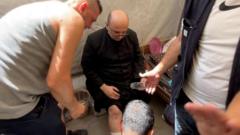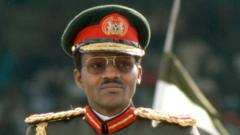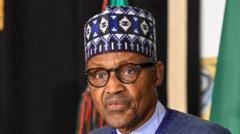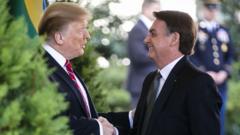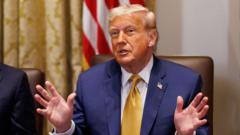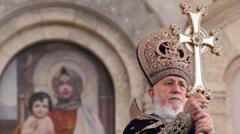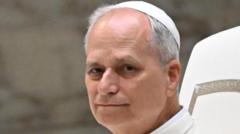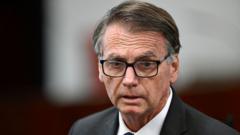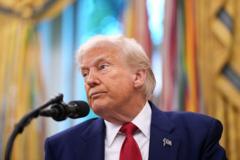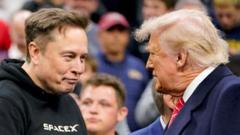With the passing of Pope Francis, the Catholic Church enters a critical phase as 133 cardinals gather in the Sistine Chapel to elect the next pope. The conclave, set in motion with a solemn mass and followed by a series of ballots, will unfold behind closed doors as the church navigates the complexities of leadership transition.
New Papal Election Begins: Cardinals Enter Conclave to Choose 267th Pope
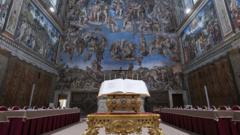
New Papal Election Begins: Cardinals Enter Conclave to Choose 267th Pope
Amidst high anticipation, 133 cardinals prepare to cast votes for the next leader of the Catholic Church in a secretive conclave.
As the sun sets over Vatican City, 133 cardinals have convened under the frescoed ceiling of the Sistine Chapel to begin the process of electing the 267th pope of the Catholic Church. The conclave commences with a mass at St. Peter's Basilica, led by Giovanni Battista Re, the 91-year-old Cardinal Dean, who will also officiate the funeral of the late Pope Francis.
By early afternoon, communication devices will be disabled within the Vatican to ensure the secrecy of the proceedings. At around 4:15 PM Rome time, the cardinal electors will transition from the Pauline Chapel to the Sistine Chapel, singing hymns as they proceed. This procession is a tradition steeped in the belief that the Holy Spirit guides their decision-making.
Upon arrival, the cardinals will take an oath of secrecy while resting their hands on a Gospel. Once the oath is complete, the Master of Pontifical Liturgical Celebrations, Diego Ravelli, will announce "extra omnes," marking the official start of their isolation during the conclave. Although they are not literally locked in, the entrances to the chapel will be sealed, guarded by Swiss guards.
Ravelli will distribute ballots after the cardinals have officially commenced their voting session. While the first vote could theoretically result in a quick consensus, history suggests this is unlikely, with a disparity in initial voting often indicating scattered support. Austin Ivereigh, a Catholic commentator, notes the importance of the first ballot in gauging potential front-runners, with subsequent votes revealing which candidates gain traction.
Should no candidate receive the necessary two-thirds majority in the initial rounds, the cardinals will retreat to the Casa Santa Marta guesthouse for dinner. During this time, key discussions and informal negotiations about potential candidates will unfold, potentially reshaping the dynamics of the election.
Starting Thursday, morning routines will include breakfast before gathering for mass and further voting throughout the day. With the memory of previous conclaves still fresh—most concluded within 48 hours—the anticipation, discussions, and prayers are expected to foster a consensus among the electors.
As the cardinals deliberate inside and the world waits expectantly outside, all eyes will be glued to the chimney of St. Peter's Basilica for the anticipated white smoke that will signal the selection of the new pope, ushering in a new era for the Catholic Church.

